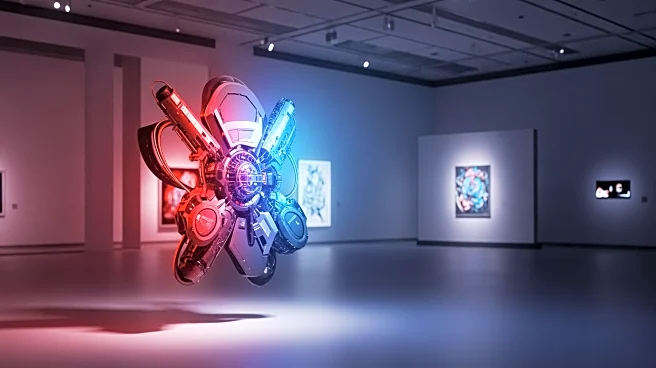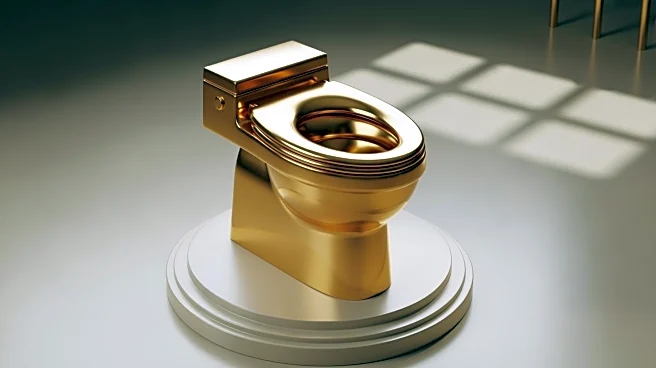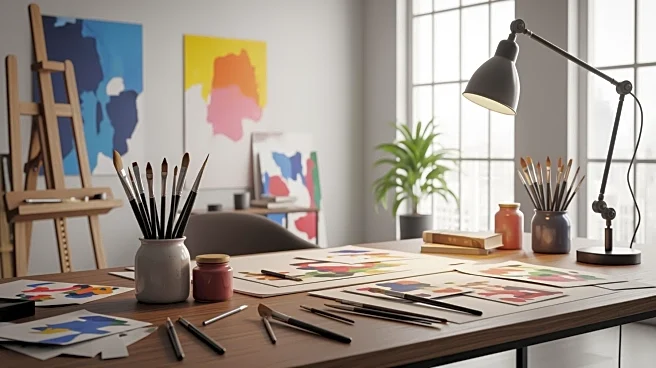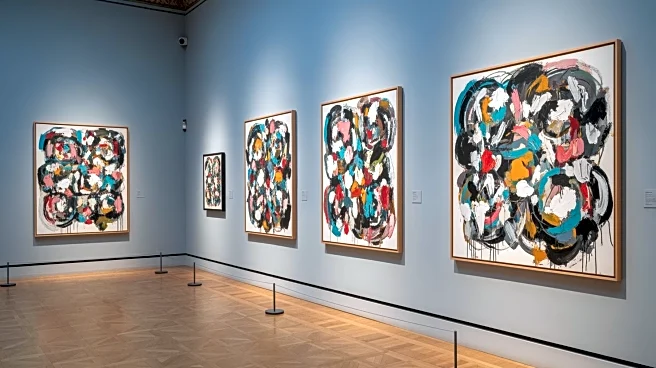What's Happening?
Elias Marrow, a conceptual artist, installed his AI-generated artwork in the National Museum Cardiff without official permission. The piece, titled 'Empty Plate,' depicts a young boy in a Welsh school
uniform holding a book with an empty plate on his lap. Marrow's work was displayed in the museum's contemporary art section for a few hours before staff noticed and removed it. The artist described the act as 'participation without permission,' aiming to challenge how public institutions decide what is worth showcasing. Marrow used artificial intelligence to create the piece, which he initially sketched before rendering it digitally.
Why It's Important?
This incident highlights the evolving role of artificial intelligence in art creation and the ongoing debate about its place in traditional art spaces. Marrow's actions question the gatekeeping practices of museums and challenge the norms of art curation. The use of AI in art is becoming more prevalent, raising discussions about authenticity, creativity, and the future of artistic expression. This event may influence how museums and galleries approach AI-generated art and the criteria for exhibition inclusion, potentially impacting artists and curators worldwide.
What's Next?
The museum's response to Marrow's unsanctioned installation may prompt discussions on policy changes regarding unauthorized art displays. As AI continues to integrate into artistic practices, institutions might need to reconsider their exhibition policies to accommodate new forms of art. Marrow's actions could inspire other artists to explore similar guerrilla tactics, leading to a broader conversation about the democratization of art spaces and the role of AI in creative processes.
Beyond the Headlines
Marrow's installation raises ethical questions about the boundaries of artistic expression and the responsibilities of artists when engaging with public institutions. The use of AI in art challenges traditional notions of authorship and originality, prompting a reevaluation of what constitutes art. This event may contribute to a larger cultural shift towards accepting AI as a legitimate tool in the art world, influencing future artistic trends and practices.











